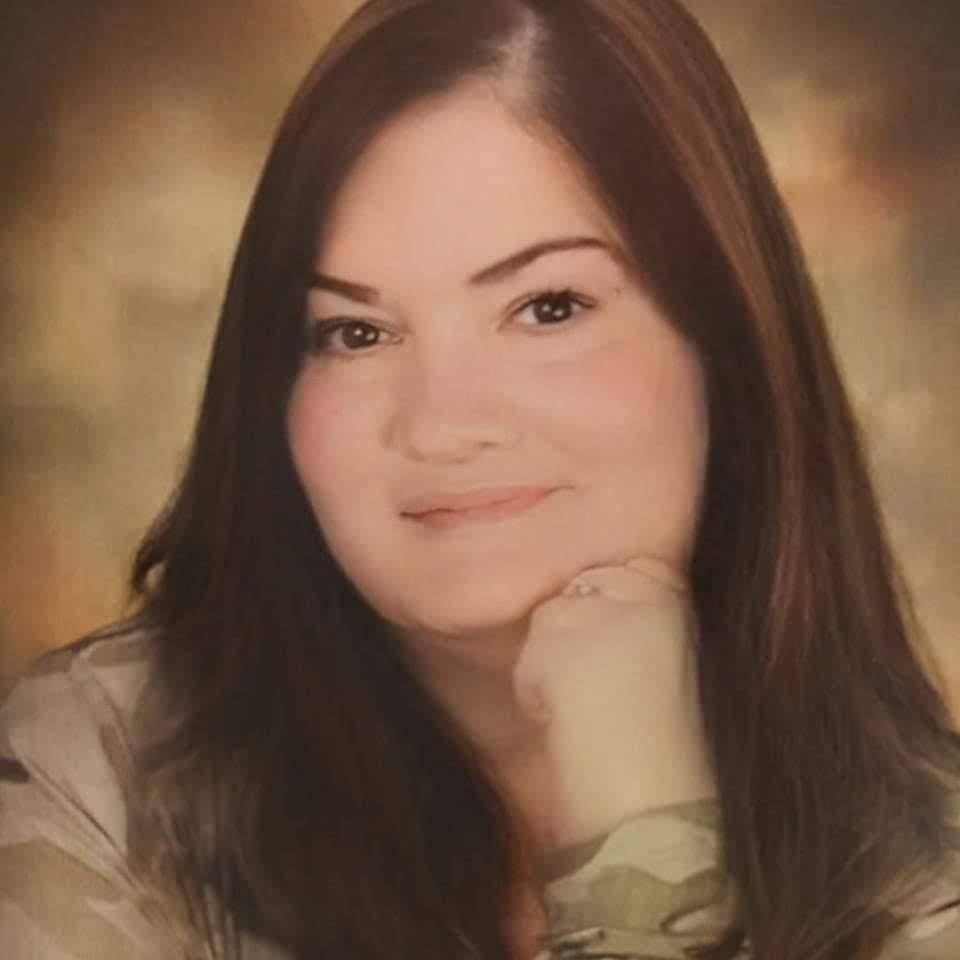Getting off to a good start in the New Year: Strategies from Successful Caregivers

Tammy in Illinois works to build her patience by drawing on family experiences

Tammy began caregiving for Help at Home about a year and half ago after the experience of caring for her parents in the last months of their lives.
She had previously worked as certified nursing assistant and had raised five children, so she knew how to do a lot of the things that caregiving entails. But she also found that caring for her aging parents required new kinds of patience and empathy. Now, she draws on that while working as a professional caregiver for Help at Home.
“You know, it takes a lot of effort and a positive attitude,” she said. “When you get a new client, you just have to go in there like you’re caring for somebody you’re related to. That’s how I look at it. My clients look forward to seeing me every day and I treat them like my parents.”
Tammy offers three pieces of advice for being successful as a caregiver:
- Get as much information as you can about your client. That means reading any information you’re given, talking to your supervisor about what they know about the client. And most of all, Tammy recommends talking to the client themselves. Ask them how they want you to help them.
- Don’t be afraid to talk to your supervisor about challenges. If you find that the client is needing more care than you can provide or see that they are experiencing a change in needs, talk to your supervisor about it. Together, you can figure out what to do.
- Remember that all of us have bad days – and people who are in ill health are often going to be grouchy or inpatient. Tammy says it’s important to remind yourself not to take these things personally.
Caregivers can build trust in a relationship by listening
Tammy has developed a routine for her first day with a new client that helps things get off on the right foot.
“I kind of like to do a meet and greet on the first day and kind of sit down and go over what they need done – what they would like done. Kind of get to know each other the first day and I usually take it from there, because that makes me feel more comfortable and I think it makes them feel more comfortable as well – instead of stranger coming into your home and just start cleaning your house.”
It’s also a good idea to occasionally have this kind of check-in even with clients who you have worked with for awhile, as their needs and preferences might change.
Caregiving Requires Determination
Tammy said she appreciates that at Help at Home, she knows her supervisor will have her back if she is facing a client who is being truly unreasonable. But she also thinks it’s important to be committed to clients even on harder days.
For example, one of her clients had a personality change after a mini-stroke. She would start yelling for no apparent reason. If Tammy had taken it personally, it would have been hard, but she discovered that if she just patted the client’s arm gently and reminded her that everything was ok, the episode would pass.
“I think as a caregiver you should put everything into it that you possibly can,” she said.
In another example, she faced a situation where a client was having so many problems using the bathroom that it was discouraging for both of them and she knew it was a sign that he would soon need more advanced care.
Sometimes, she would want to walk away. “But then I just step back and look and think, you wouldn’t quit if it was your mom or dad, so you can’t quit on them either.”
She said she would tell herself: “Okay, get it together. Be strong, do your job. You know, communicate with him, listen to him, do what you need to do.”
Helping Clients as their Needs Change
Both of those clients eventually needed more care than Help at Home could provide and needed to move into assisted living facilities. Tammy felt like she was an important part of that process – talking to the client and her supervisor about the changing needs. “Sometimes it’s hard,” she said, “but I try to talk to them and let them know it’s going to be ok… I try to reassure them.”
